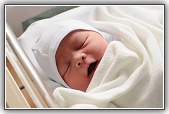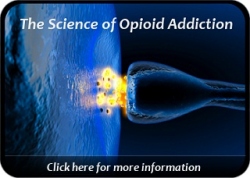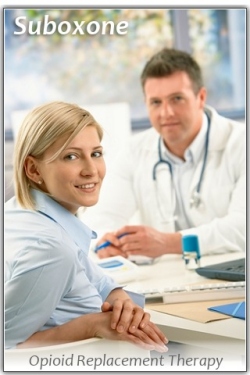 When a woman is pregnant and addicted to opioids, she faces extraordinary stress and very often a wave of judgment from those around her that is emotionally painful and difficult to deal with. The criticism of others is understandable since no one wants to see an unborn baby placed at risk through the mother’s drug use. But this cauldron of angry emotion and public condemnation often overwhelms a pregnant mother, who may already feel guilty, and it pushes her further into isolation and inaction. This isolation only places the mother and unborn baby at greater risk of overdose and possible miscarriage.
When a woman is pregnant and addicted to opioids, she faces extraordinary stress and very often a wave of judgment from those around her that is emotionally painful and difficult to deal with. The criticism of others is understandable since no one wants to see an unborn baby placed at risk through the mother’s drug use. But this cauldron of angry emotion and public condemnation often overwhelms a pregnant mother, who may already feel guilty, and it pushes her further into isolation and inaction. This isolation only places the mother and unborn baby at greater risk of overdose and possible miscarriage.
Fact: It has been thoroughly researched and the findings conclusive that pregnant opioid-addicted women have a much better chance of carrying their baby to term and having a healthy baby when the mother is receiving medication-assisted treatment. Every day, addicted mothers receiving methadone or buprenorphine give birth to healthy babies that thrive and develop normally.
Methadone and buprenorphine (Subutex) are very different medications compared to heroin and painkillers like oxycodone. Heroin and painkillers manufactured for break-through pain act quickly, but also dissipate quickly. For those with an opioid addiction, this momentary relief from opioid withdrawal does not last long and they are back out there again desperately trying to find more heroin to avoid becoming sick.
With methadone or buprenorphine, mothers are medically stable and able to avoid debilitating cycles of withdrawal as well as the dangerous drug-seeking behaviors and lifestyle that put them and the baby at risk. A woman is already in a state of increased vulnerability when pregnant. If lonely, isolated and forced to go to the street to find dope or pills, she will find herself in dangerous situations and exposed to a drug culture that values money over human life.
This harsh reality is what some women face as they struggle to survive while carrying an unborn child. If in treatment at a methadone clinic or under the supervision of a caring physician who utilizes buprenorphine, the pregnant woman can start the process of personal recovery. She can avoid becoming sick from opioid withdrawal and avoid taking grave risks just to avoid that withdrawal. She can receive emotional support and medical assistance to maximize her health and that of the unborn baby. She can better prepare herself to be a good mom once the baby is born.
There are those who may indignantly exclaim “But the baby will be born addicted”. The reality is that it is much safer for a baby to be born to a mother receiving methadone or buprenorphine than for the baby to be repeatedly exposed to adulterated street heroin and combinations of drugs riddled with unknown contaminants. Think about that. Technically, the baby may be born with some physical dependency, but this is successfully managed all the time by medical professionals across the country. Buprenorphine has been found to have a milder withdrawal syndrome and is utilized successfully in helping infants comfortably detox. Methadone is successfully used for this purpose as well.
It is important to also make a distinction between “addiction” and “dependency”. They are not the same. “Addiction” encompasses the persistent craving for opiates, the mental preoccupation with securing them, and the inappropriate behaviors and lifestyle aberration that develop as people lose control over their ability to choose. “Dependency” can occur with anyone who has been using an opioid for a sustained period of time. Someone who has become “dependent” can readily taper off of the medication and will not be necessarily driven to obsess over drugs or desperately seek them. A baby who is born temporarily dependent on methadone or buprenorphine can be successfully tapered off of the medication. Obviously, a baby does not meet the definition of “addicted” so to use that term is technically inaccurate and misleads the public.
Finally, methadone and buprenorphine are safer for the baby. It’s ultimately about helping that unborn baby to develop normally in the womb and to be born alive, healthy, and with maximum opportunity for a good life. Chances are that the mother will indeed be that baby’s primary caretaker for a long time. It is much better that she be introduced to recovery and various avenues of support through methadone or buprenorphine treatment than to be left on her own with no support, little guidance, and struggling to find dope on a daily basis.

 Follow
Follow

 There is a
There is a 


